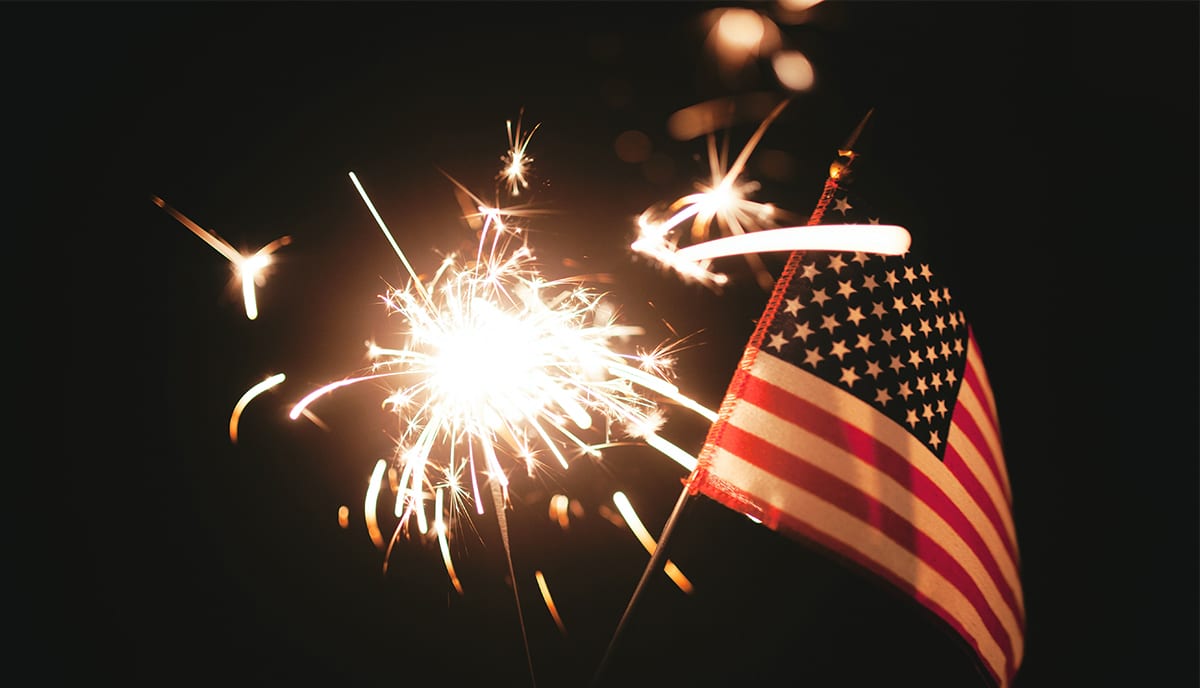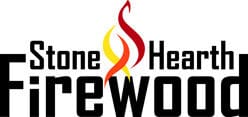Did you know fireworks start an estimated 19,500 fires a year? Many Americans think these fires start from the loud and spectacular aerial fireworks, but more often than not, it’s small errant fireworks that cause the fires.

Don't Mix Fireworks and Firewood
Sparklers are one of the most popular fireworks for the 4th of July and many think they are one of the safer fireworks. According to a Newsweek article, sparklers and firecrackers cause about 40% of all firework-related accidents. This is because the tip of a burning sparkler can reach a temperature of 1,200 degrees. Take a minute to imagine if that got accidentally thrown close or into your kiln-dried wood or fully seasoned woodpile. With how ignitable kiln-dried wood is, the situation that could get out of control very quickly.
To avoid potential fire disasters mentioned above when using fireworks, don't forget to remind your kids to use common sense and keep fireworks far away anything flammable, like a propane tank, container of gasoline, or the woodpile. A good rule of thumb is to clear all debris 30 – 50 feet around your house. So, if an accident does happen and firewood is set off by a wayward firework, it will not instantly spread to the house. You’ll be able to isolate the fire and put it out quickly and safely.
Fireworks Safety Tips to Follow While Setting off Fireworks at Home
Here are clear, easy guidelines that the National Fireworks Safety Council has put out to make for a safer and more enjoyable 4th of July.
- Obey all local laws regarding the use of fireworks.
- Know your fireworks; read the cautionary labels and performance descriptions before igniting.
- A responsible adult should supervise all firework activities. Never give fireworks to children who are unsupervised.
- Alcohol and fireworks do not mix. Save your alcohol for after the show, and drink responsibly.
- Light one firework at a time and then quickly move away.
- Use fireworks OUTDOORS in a clear area, away from buildings and vehicles.
- Never relight a “dud” firework.Wait 20 minutes and then soak it in a bucket of water.
- Always have a bucket of water and charged water hose nearby.
- Never carry fireworks in your pocket or shoot them into metal or glass containers.
- Do not experiment with homemade fireworks.
- Dispose of spent fireworks by wetting them down and place in a metal trash can away from any building or combustible materials until the next day.
- FAA regulations prohibit the possession and transportation of fireworks in your checked baggage or carry-on luggage.
Fireworks Safety Tips to Follow When Attending a Public Firework Display
- Obey safety barriers and ushers.
- Stay a minimum of 500 feet from the launching site.
- Resist the temptation to pick up firework debris when the display is over. The debris may still be hot. In some cases, the debris might be “live” and could still explode.
So that’s it! Follow these simple firework safety guidelines and be sure to have a safe and enjoyable Fourth of July!
